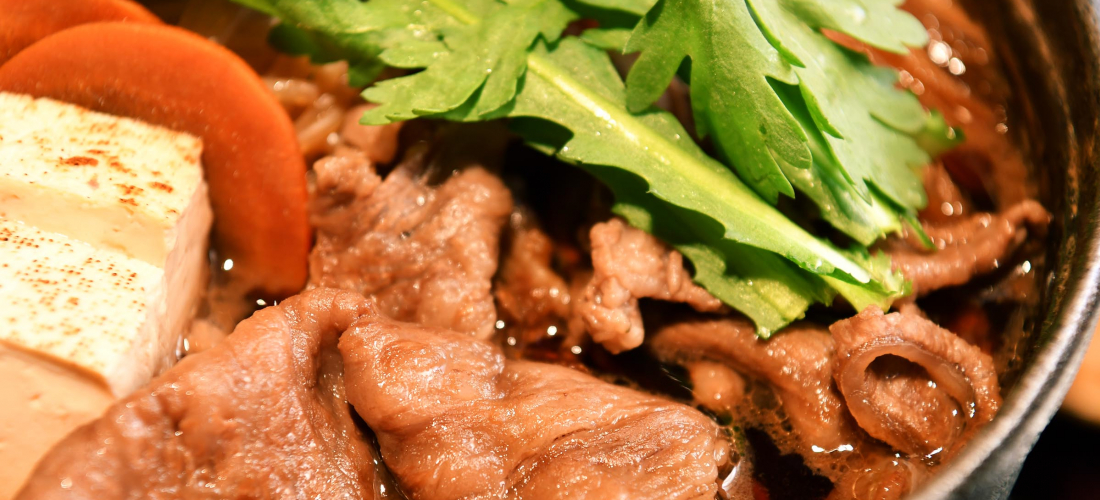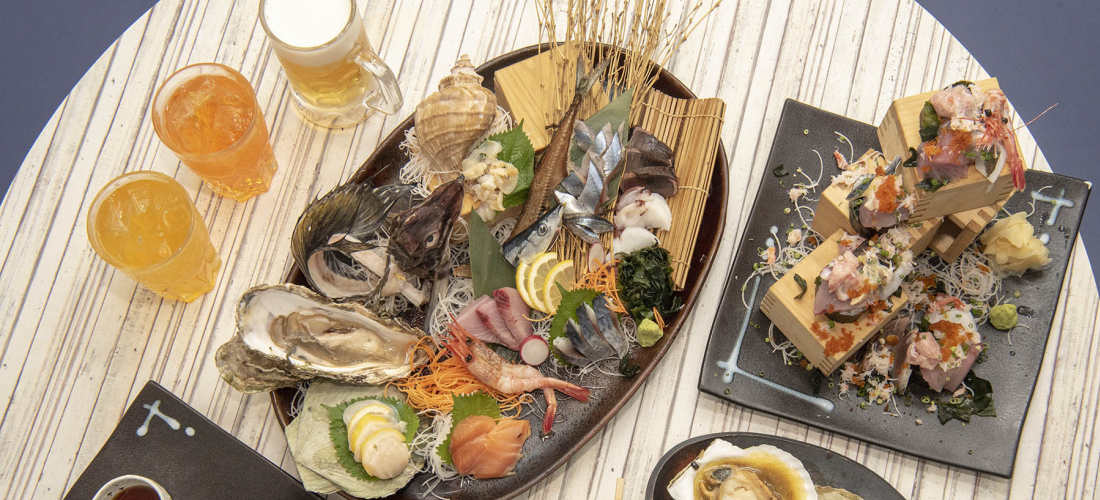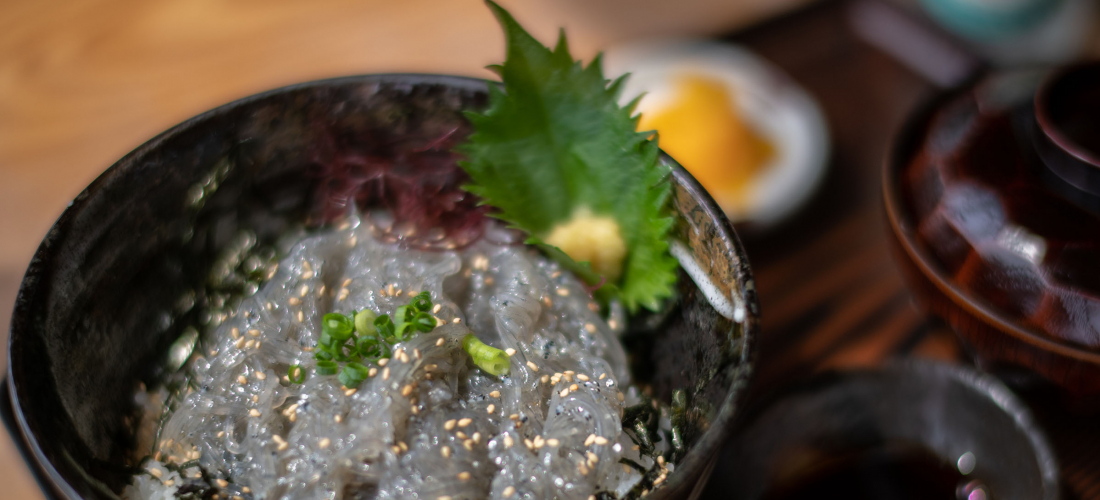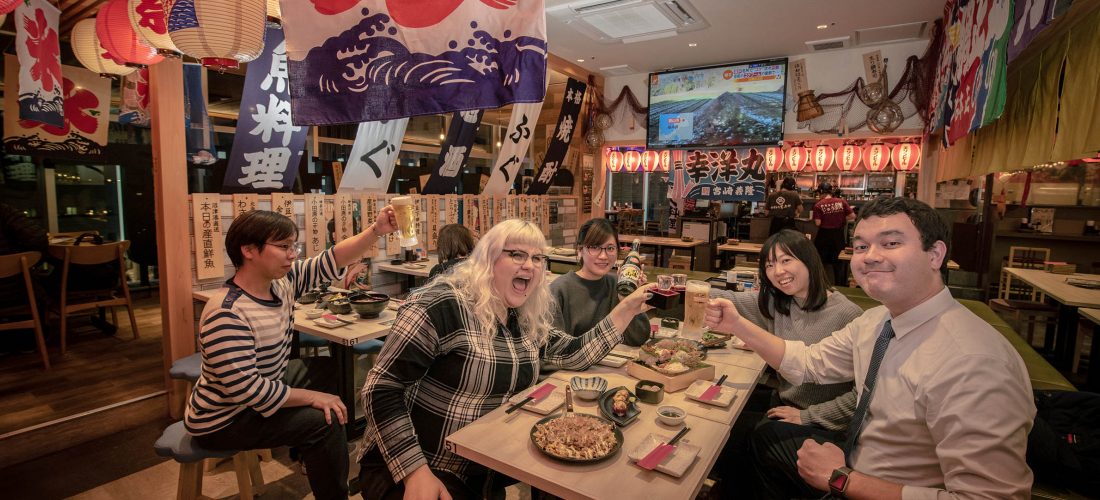
Shinjuku is a very lively place located in the heart of Tokyo. It is one of the main sightseeing hotspots offering the Tokyo Metropolitan Government Building, the Shinjuku Gyoen National Garden, or the more lively nightlight spots like Kabukicho and Shinjuku Golden Gai. Not only that though, Shinjuku is a big shopping paradise but also has all types of food and entertainment attracting everybody and anybody.
If you talk to a Japanese person, they will tell you that Kabukicho is not a very safe place to be due to the yakuza that hang out in the area, however, thousands of Japanese and foreigners go there daily and have no problem. Many of the places in Kabukicho are protected by the yakuza from Japanese police and other businesses, but that has nothing to do with the guests in general.
The bright area of Kabukicho, aka Tokyo's red-light district, consists of many restaurants, host and hostess clubs, love hotels, and more. Its atmosphere is completely different from night and day. During the day, the district is very quiet and calm, most people are to themselves and cleaning the streets or stalking their restaurants with food and drinks. But when the sun goes down the city lights go up, and Kabukicho really comes alive.
Since Shinjuku/Kabukicho is such a high nightlife/entertainment center, JAPANKURU would like to introduce two newly opened restaurants that opened right by the Kabukicho Godzilla. What's cool is they are in the same building so you can either choose to eat at one place or do the typical Japanese way of dining and going to one as an afterparty ("nijikai" 二次会).
Regardless of the occasion, eating in Shinjuku is a great choice!
The Kabukichi APM Building is newly built right next to the super-popular VR ZONE! There are a ton of establishments inside this building, but this time we are going to the 9th and 6th floors!
As mentioned above, this new tall building located next to the VR ZONE building has all sorts of stores and restaurants to check out. What are two that you can't miss out on? A stylish yakiniku restaurant that serves only the best and juiciest Japanese wagyu beef, Yakiniku X Gyu (焼肉 X 牛). And to switch things up a restaurant that goes with the vibe of a cool Showa retro Japanese food street that serves all sorts of yummy Japanese izakaya food, Shinjuku Sanchoku Yokocho (新宿産直横丁).

Google Maps
5min walk from JR Shinjuku Stations East Exit
2mins from Seibu Shinjuku Station
 Yakiniku X Gyu
Yakiniku X Gyu 
焼肉 X 牛
9th Floor
Yakiniku X Gyu specializes in high-ranking (A5 ranking, which is the highest grade given) wagyu beef from all over Japan. Rather than focusing on a single area or single type of beef, their purpose is to gather the best meat. So you will get the chance to try beef from places like Kagoshima, or even specific genres of wagyu beef like Yonezawa beef which comes from Yamagata Prefecture. They don't slice the beef until an order is made promising only freshly cut wagyu beef for every meal. When choosing the beef they of course take into consideration the fact that there are regions that offer better types of beef. For example, this place offers great sirloin, so they find the best sirloin and use it at their restaurant. However, their main "mission" is to find the best A5 ranking wagyu beef in Japan.
Most people know the ever famous Kobe beef, but what is wagyu beef and how do the two differ? The answer is surprisingly not as complicated as you'd think. So basically "wagyu" refers to any cattle that are bred in Japan. Within that "category" are particular types or breeds of beef like Kobe beef, Matsusaka beef, etc. It is the way the cattle are raised that gives them their specific title.
There are a variety of seating options, a more open space in the middle of the restaurant or more secluded rooms. All of the seats come with outlets and a high powered air vent built in the grill so you don't need to worry about leaving the restaurant smelling all smoky.
Some of the tables even come with cable TV! If that is what you would like you can mention so when making a reservation. There is also a conference room available for reservations only.
Normally each type of beef affects the price reaching up to hundreds of dollars. Here though you can eat even some of Japan's special and rare meat at a reasonable price!
Just use the natural oils of the beef to grease up the grill to prevent sticking and start grilling!
The restaurant especially recommends their course menu, that way you can try all sorts of beef and will make your life easier if you are unsure where to start when it comes to ordering wagyu beef! What we found was really cool and helpful was each dish on the table of the type of beef has a picture of a cow on it. On the picture, there is a small red dot showing what part of the cow that beef came from. It was a neat form of Japanese hospitality "omotenashi", even for those who can read Japanese but may not know what type of meat it is.
There are three types of courses recommended by the restaurant; 6000yen, 8,000yen, and 10,000yen.
The variety of meat is not the same, but all the packages come with unlimited alcoholic and nonalcoholic drinks (nomihodai, 飲み放題) for two hours.
Their special "gin and meat" drinks include gin and fruit infused alcoholic drinks! Taking fruit like grapefruit, oranges, apples, kiwis, and bananas, they add the whole fruit in the mug of what tastes similar to a gin and tonic.
A hand-held muddler is provided to mash the fruit inside the drink to release the fruit's flavor to your liking.
There are a variety of yakiniku places in Shinjuku, but if you are looking for a more calm place that doesn't choke you with smoke and serves top grade Japanese beef at a good price, then we recommend eating at Yakiniku X Gyu.

Google Maps



 Shinjuku Sanchoku Yokocho
Shinjuku Sanchoku Yokocho 
(新宿産直横丁)
6th Floor
On the sixth floor of the building is Shinjuku Sanchoku Yokocho (新宿産直横丁). Its name suggests it's an alley of fresh food directly from the farm, so it made us curious what type of food they serve here. You can taste many different dishes though, including Osaka sashimi, okonomiyaki, yakitori (chicken skewers), steak, etc. Just choose your favorite food and sit down! It is super suitable for a family or a group of people, and makes a great afterparty "nijikai" (二次会) venue.
This whole floor is set up to be like a food street that you would see in busy cities. We were taken away the minute we walked in and saw Showa era posters, lanterns, and different Japanese flags all over. If you want to experience an old-fashioned Japanese atmosphere in Shinjuku, you should check out this unique restaurant.
 Seafood
Seafood
 Yakitori
Yakitori
 Okonomiyaki
Okonomiyaki
 Teppanyaki
Teppanyaki
1. 
2. 
3. 
4. 
If you are in more of a fish mood but your group is more in grilled food mood, then eating here is a great way to order what you want while enjoying a new scene that is different from other Japanese izakayas. All you have to do is grab what you want to eat and find a place to sit!
If you decide to come during the middle of the day, lunch sets are also available!
Lunch Set – Katsudon (fried pork over rice) Set
Lunch Set – Sashimi Set
There are a wide variety of menus here and the prices are just as nice! It allows you to taste these Japanese specialties at a low price pretty much any time of the day (business hours are 11 am to 4 am the next day)! For many of you who are staying in Shinjuku, missed the last train, or just looking to hang out and eat and drink all night, this is the place for you.

Google Maps



Aside from eating and drinking, there are some fun things to do in Kabukicho. Simple things like bowling alleys, game centers, but also more "only in Japan" places that have grown to be known world wide. Here are some recommendations for you to go before or after you've had all you can to eat and drink.
 ROBOT RESTAURANT
ROBOT RESTAURANT 
There probably isn't a person that doesn't know or at least heard about Tokyo's Robot Restaurant. The Robot Restaurant first opened up in 2012 and you used to see massive big breasted robots being dragged along the streets of Tokyo advertising their new opening. Now though, they don't need to self-advertise anymore because this robot themed entertainment place is popular beyond belief. We are real diehard fans of Robot Restaurant and will ALWAYS recommend to people. Dinner and drinks aren't included which can make it seem a bit pricey, but if you use the JAPANKURU Robot Restaurant coupon on every ticket you will automatically get a 25% discount.

Google Maps

*doesn't include a meal, can add lunch box for an added 1000yen*

Business hours: 4pm~11pm
Inquiry hours: 9am~10pm
Online reservations here!


 inSPYre
inSPYre 
Escape rooms are becoming popular worldwide, and Japan is no different. The concept at inSPYre is you become a spy and infiltrate enemy bases and solve different riddles to get you out of the clutches of the place. There are a series of play packages you can do at inSPYre, and it is open from 11am~5am the next day, which means you can play around your schedule. There is also a 2hr unlimited play certificate available for foreign guests here.

Google Maps


・2 games (+ drink bar) 1980yen
・3 games (Mon~Fri open to 6pm) 1980yen
・3 games (Mon~Fri 6pm to 11pm, + drink bar) 2480yen
・3 games (Weekdays&Holidays open to 11pm, + drink bar) 2480yen
・5 games (Mon~Fri open to 11pm, + drink bar) 3480yen
・"Asobihodai" All you can plan (Holidays, Sun~Thurs 11:30pm to 2:30am, + drink bar) 3480yen
・"Asobihodai" (Fri, Sat, day before holidays 11:30pm to 2:30am, + drink bar) 3980yen
*Final game is at 4:30am

 VR ZONE SHINJUKU
VR ZONE SHINJUKU 
VR ZONE SHINJUKU is a VR entertainment facility that opened in Shinjuku in July 2017. This place was a very hot topic in Japan before it even opened primarily because it is run by BANDAI NAMCO! There are other types of games available besides only VR, but the excitement of having a BANDAI VR center is what people mainly come to explore.

Google Maps

-No holidays
Age: 7 years old and over
(Those under the age of 13 need consent from parents)
(Depending on the activity, please check HP for details)


Be sure to look at JAPANKURU
Or add us on Instagram and Facebook to share your Japanese pictures
Details
NAME:Yakiniku X Gyu (焼肉 X 牛) & Shinjuku Sanchoku Yokocho (新宿産直横丁)
MAP
1−27−5 APMビル9th Floor, Kabukicho, Shinjuku-ku, Tokyo
1−27−5 APMビル6th Floor, Kabukicho, Shinjuku-ku, Tokyo
ACCESS:Shinjuku Station

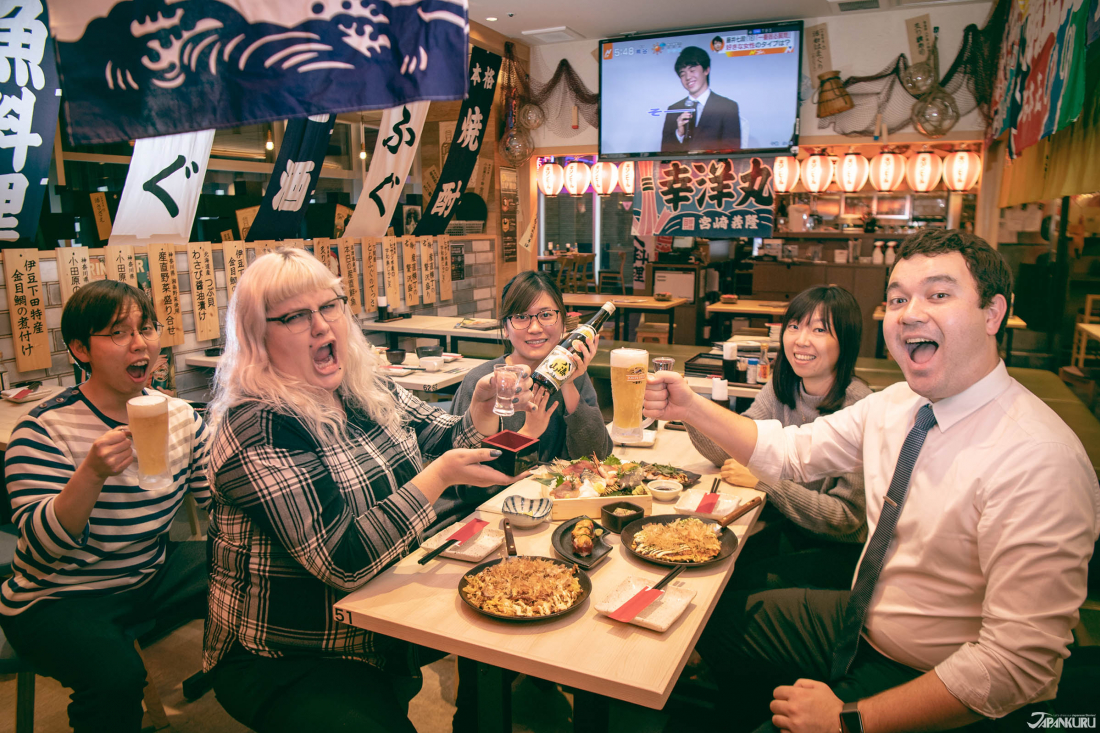

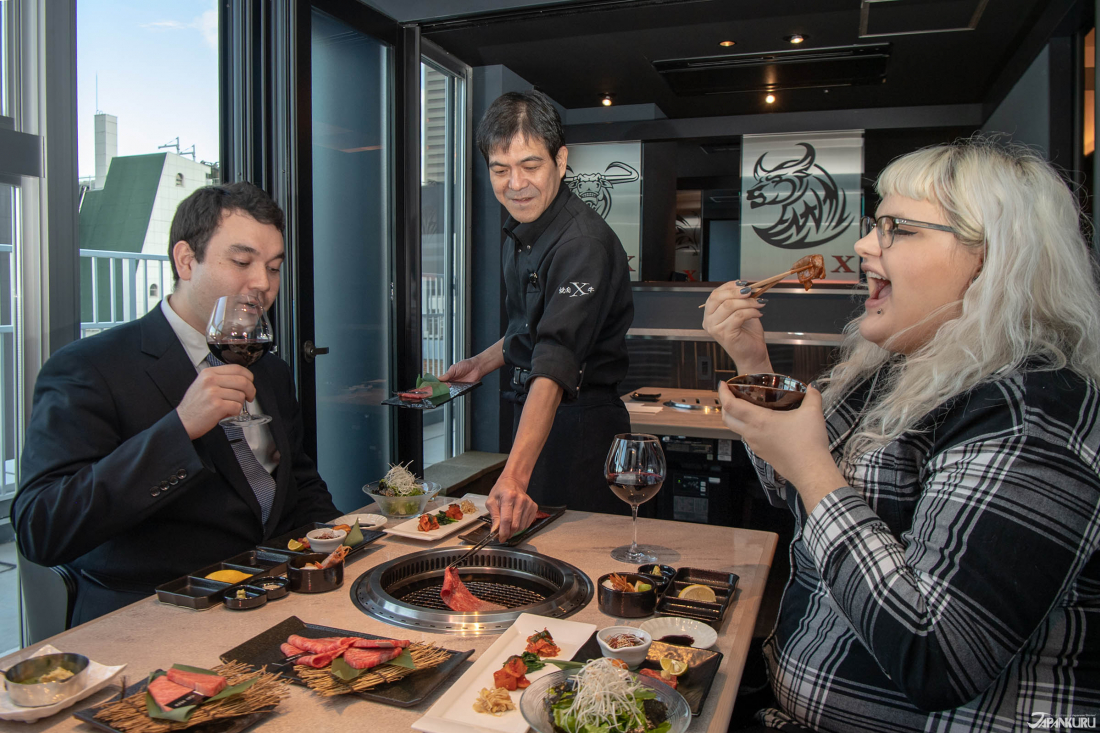



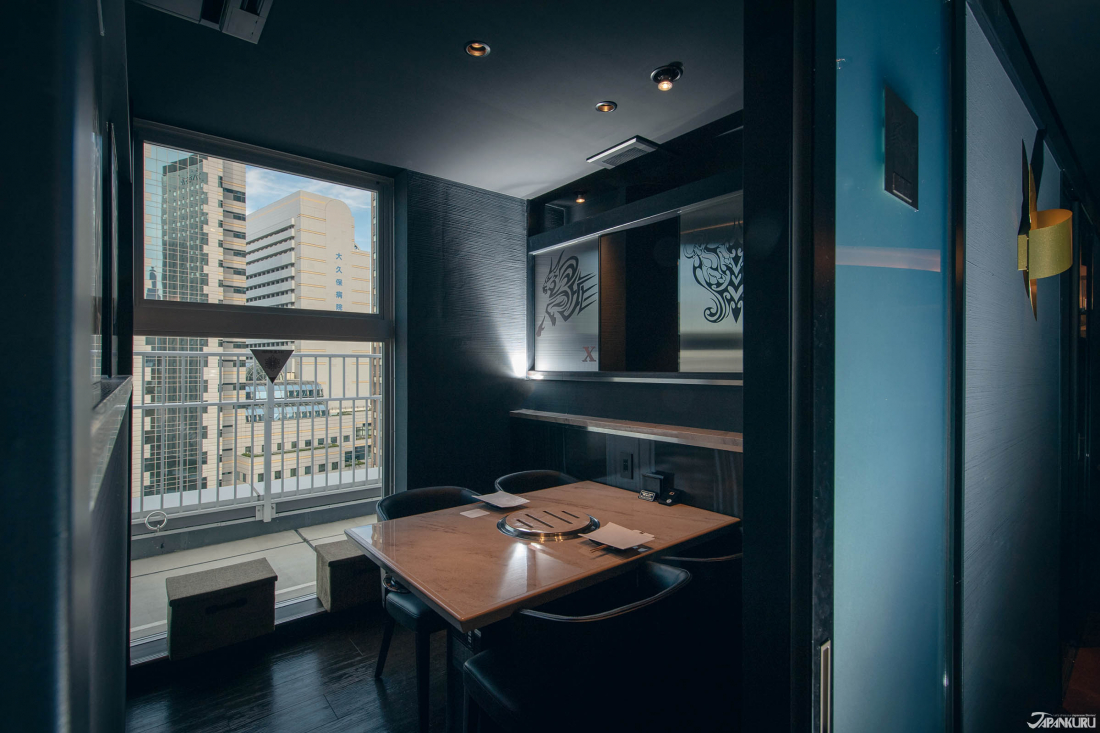
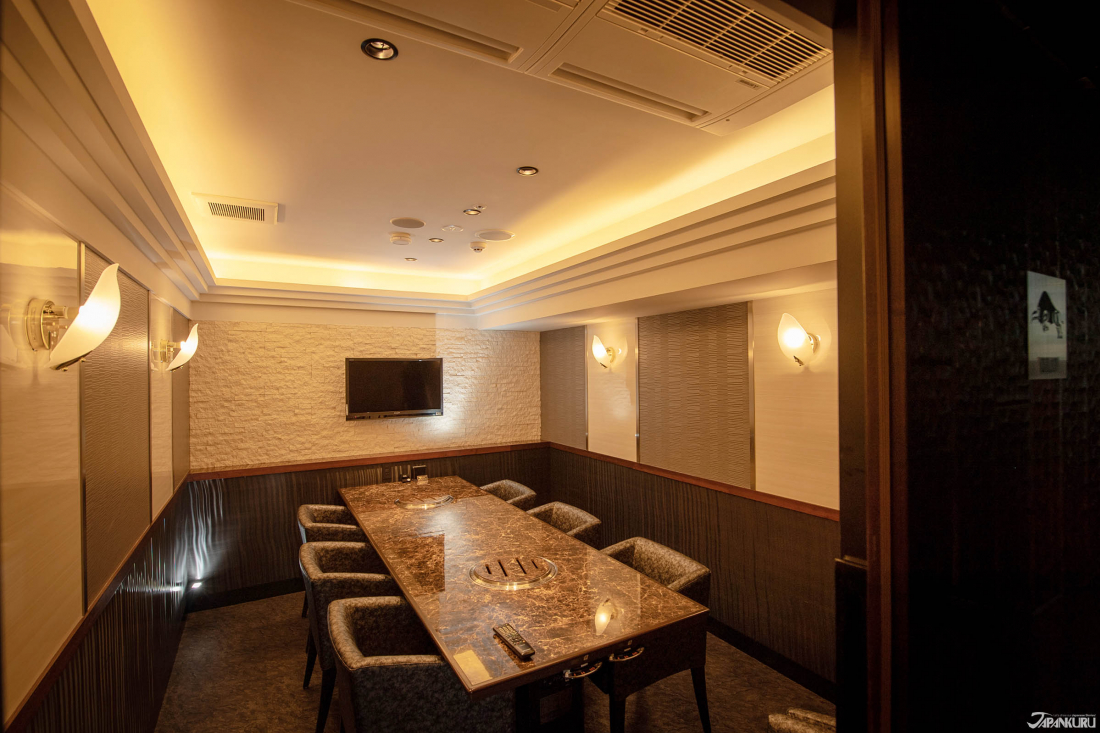

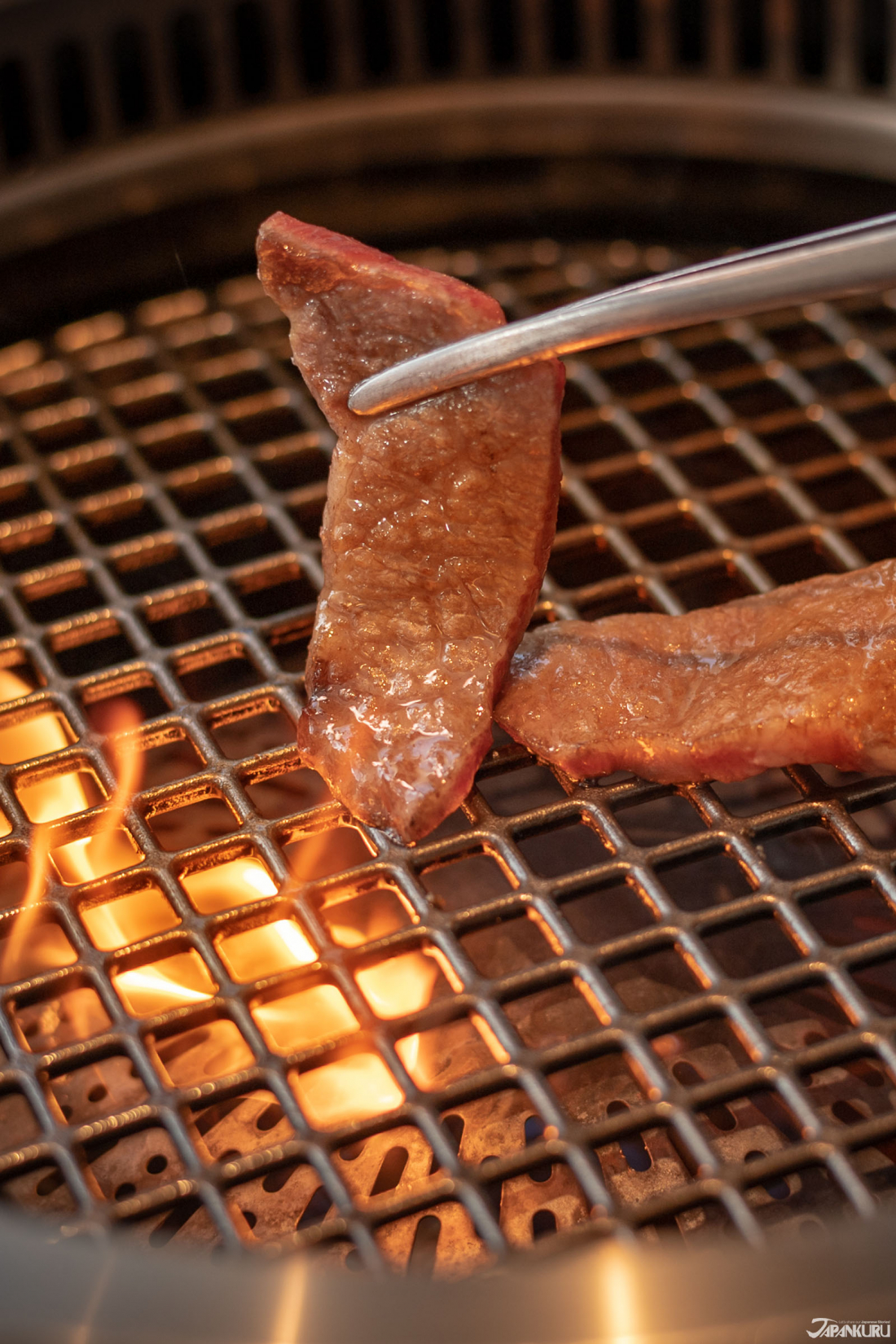
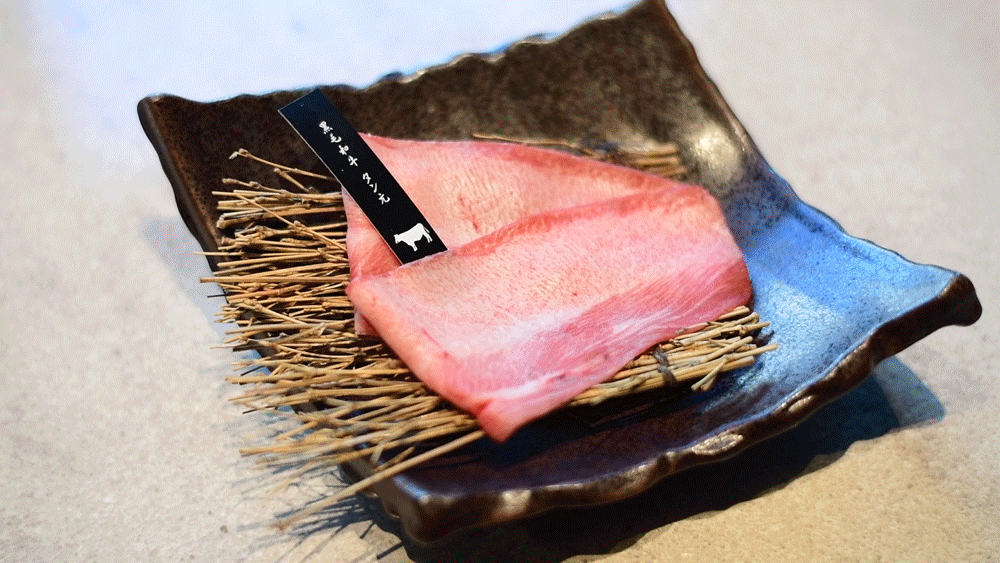
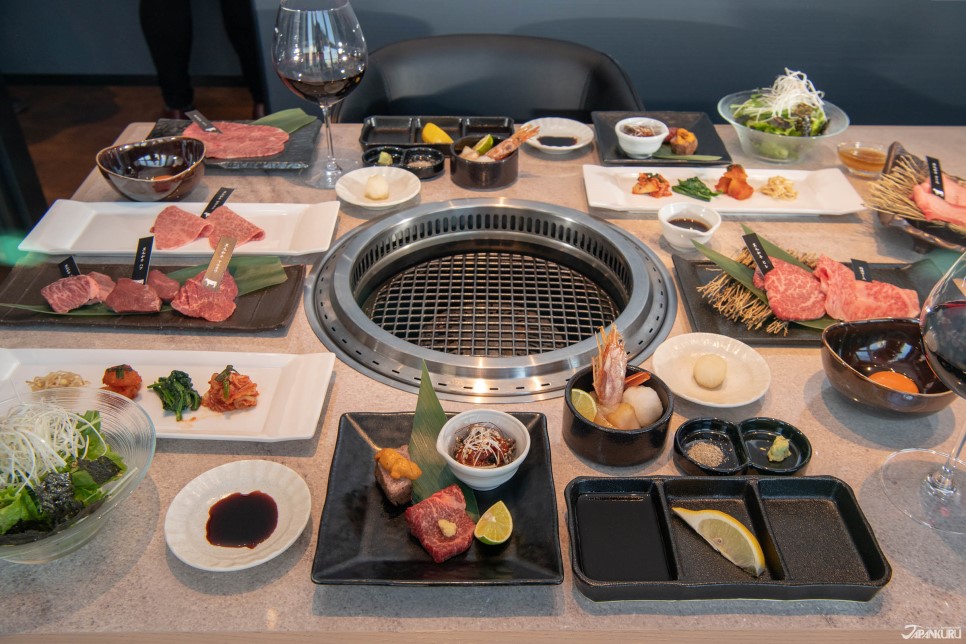
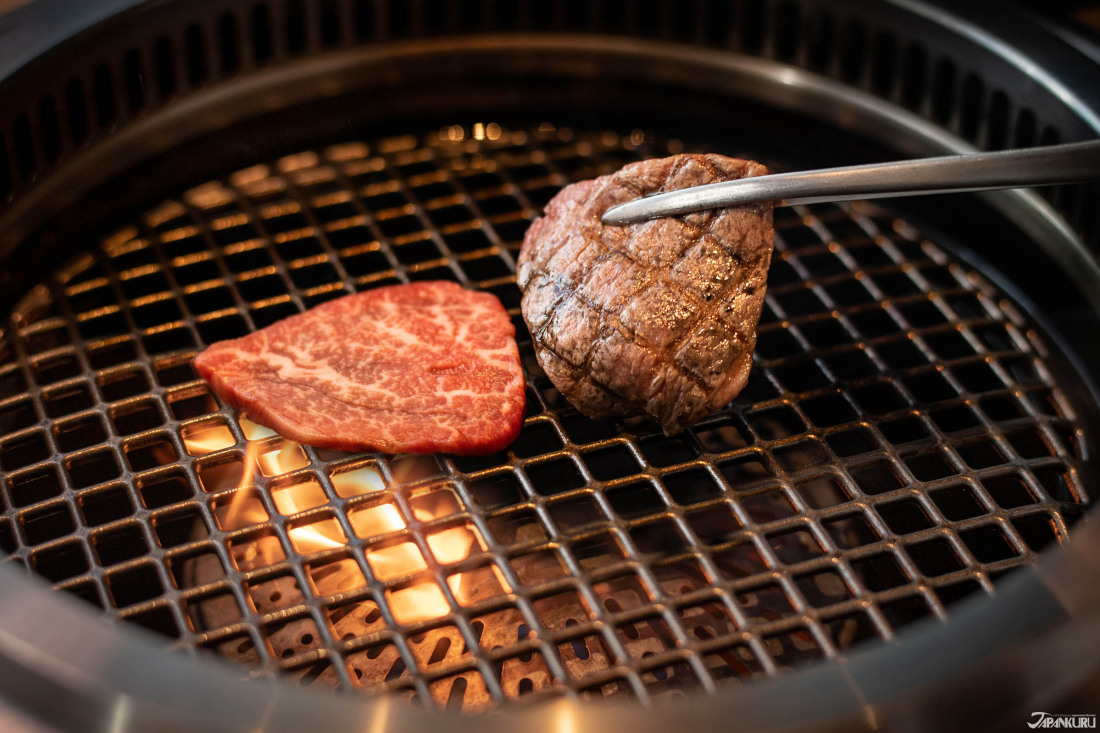
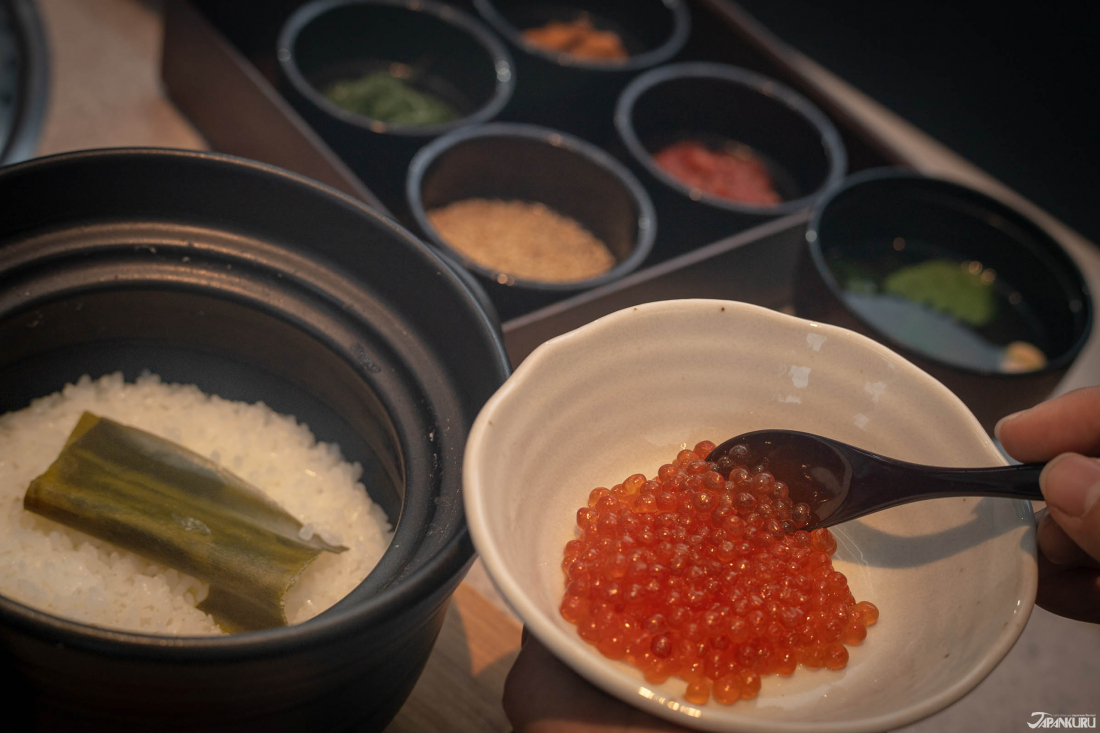
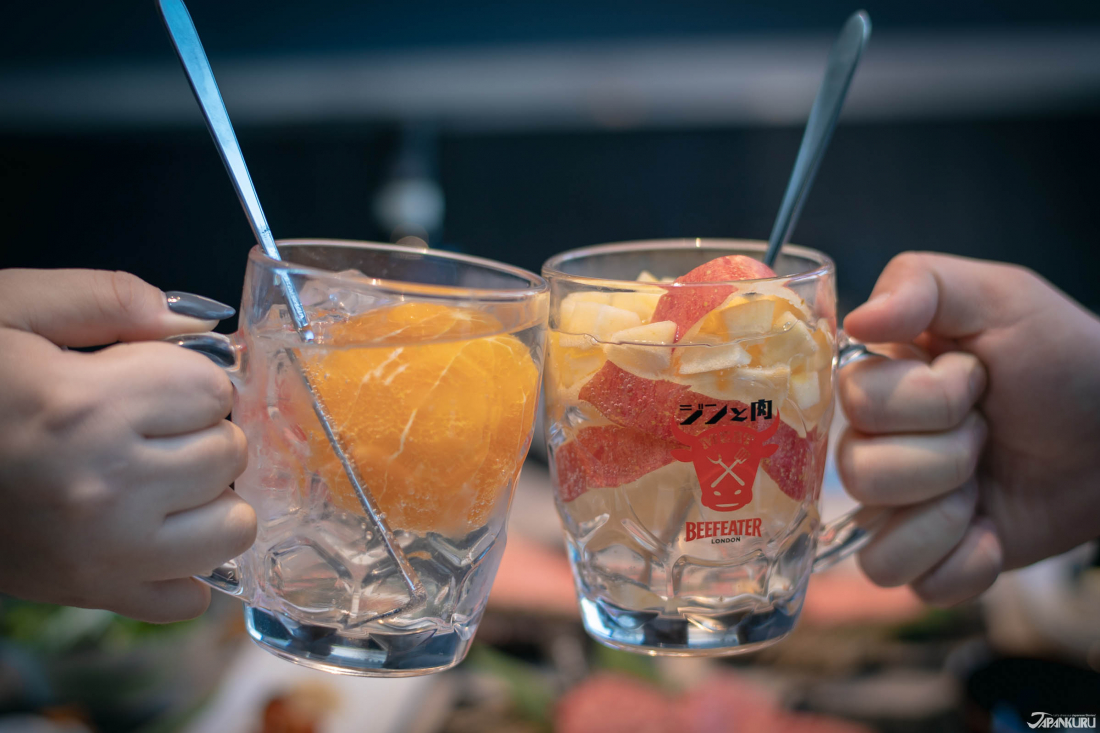
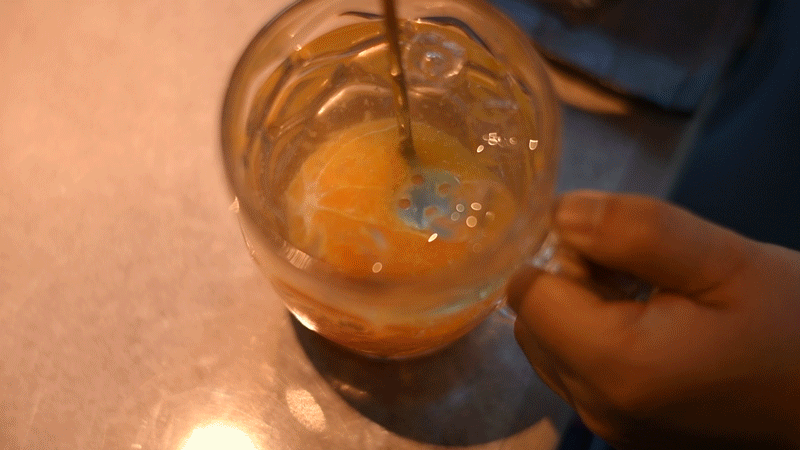

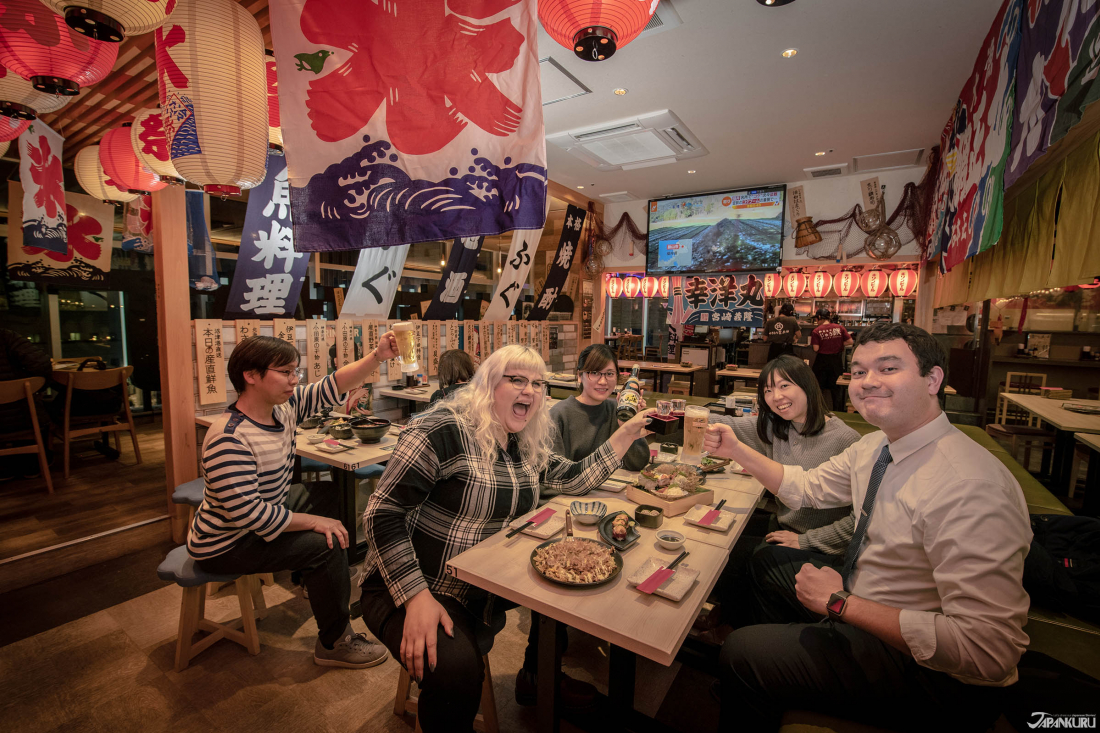

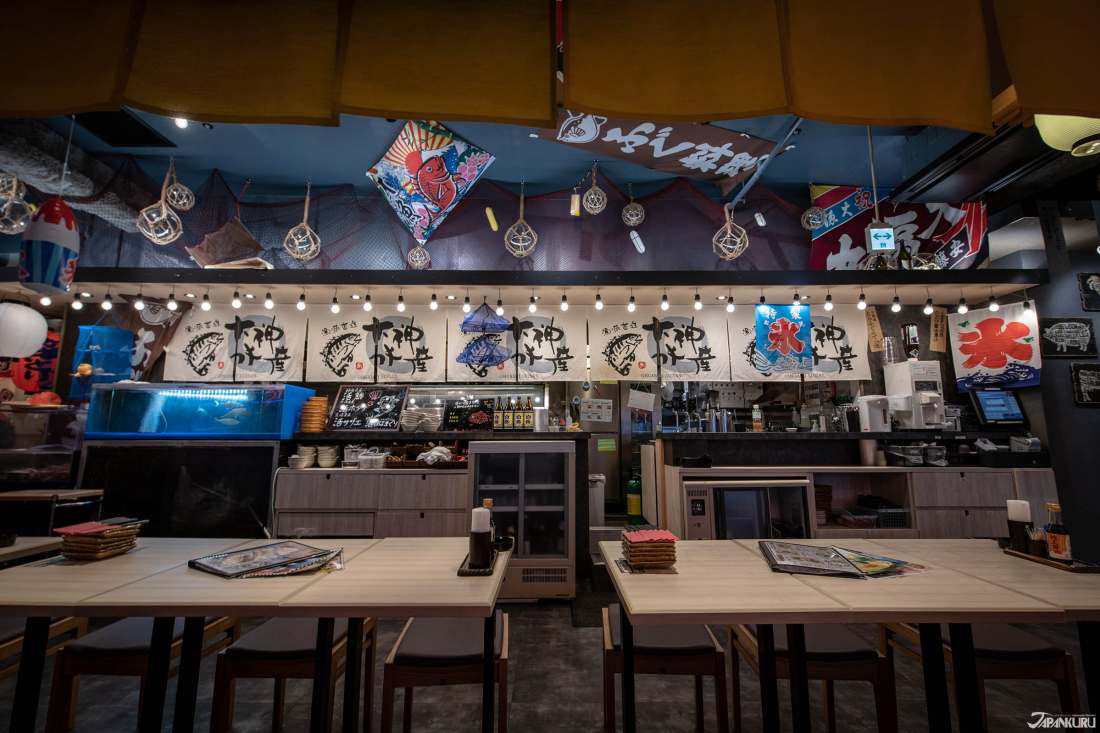



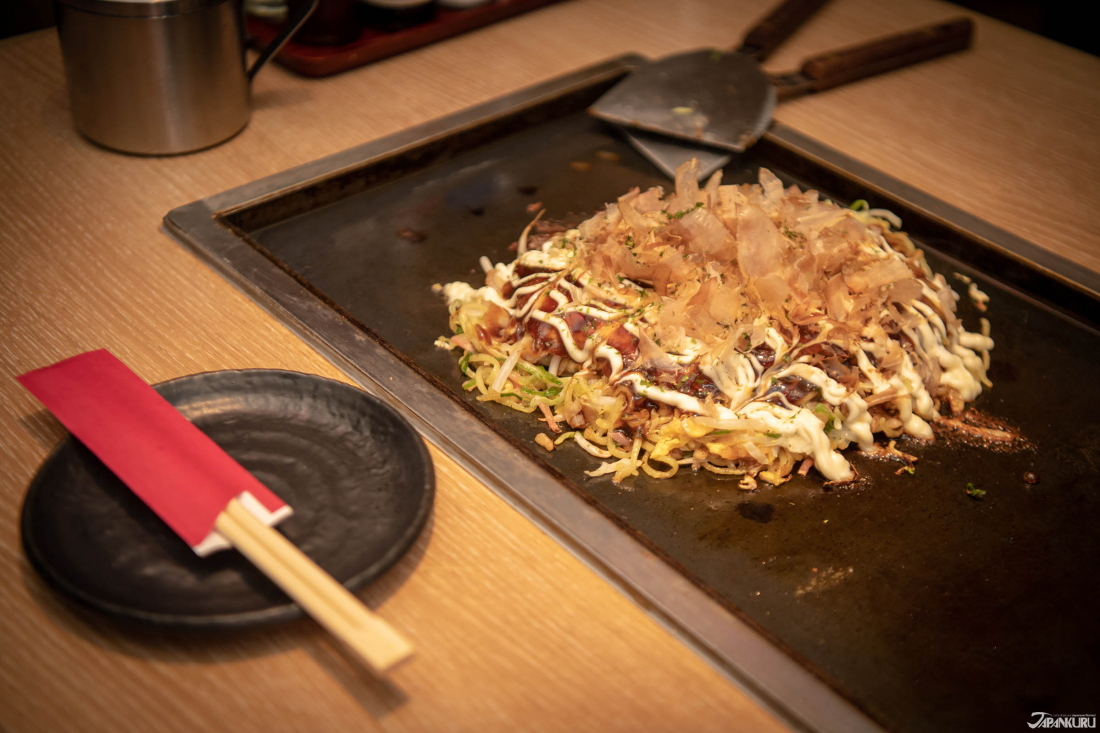
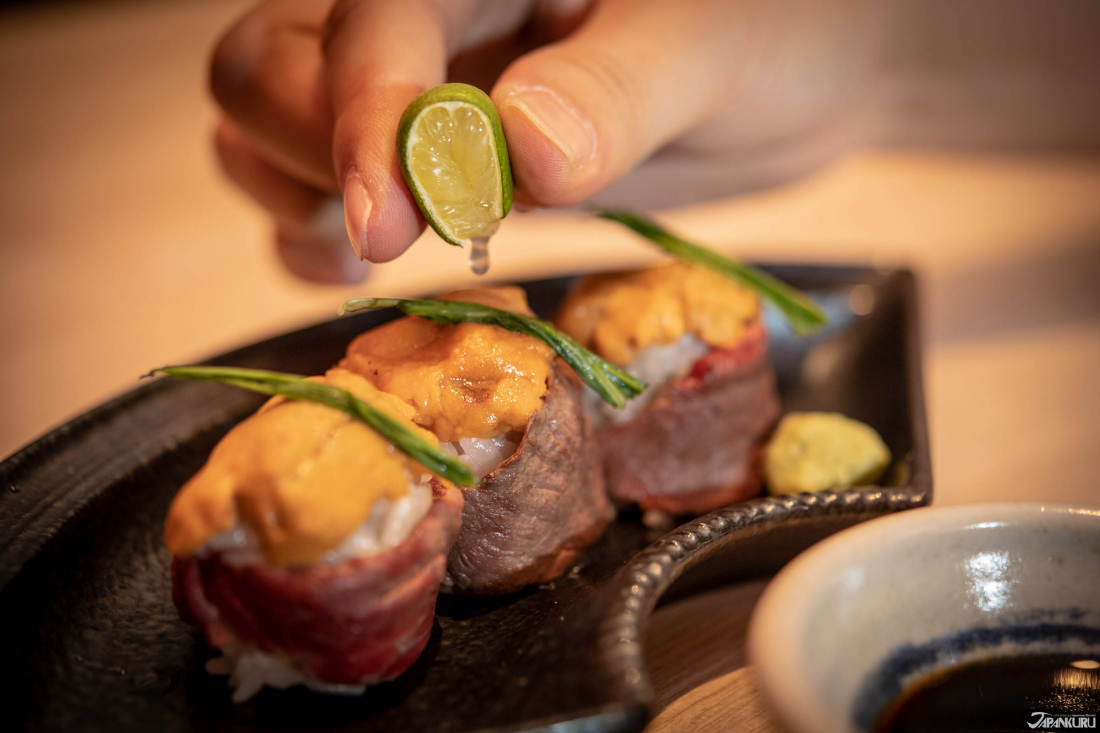
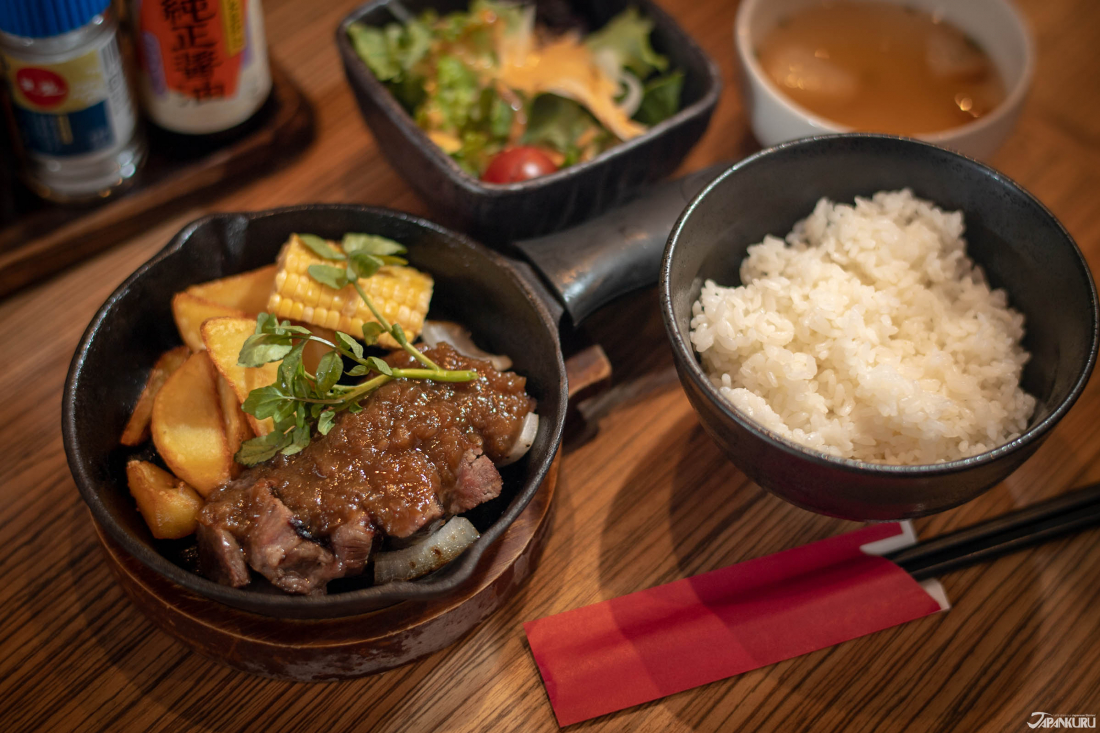



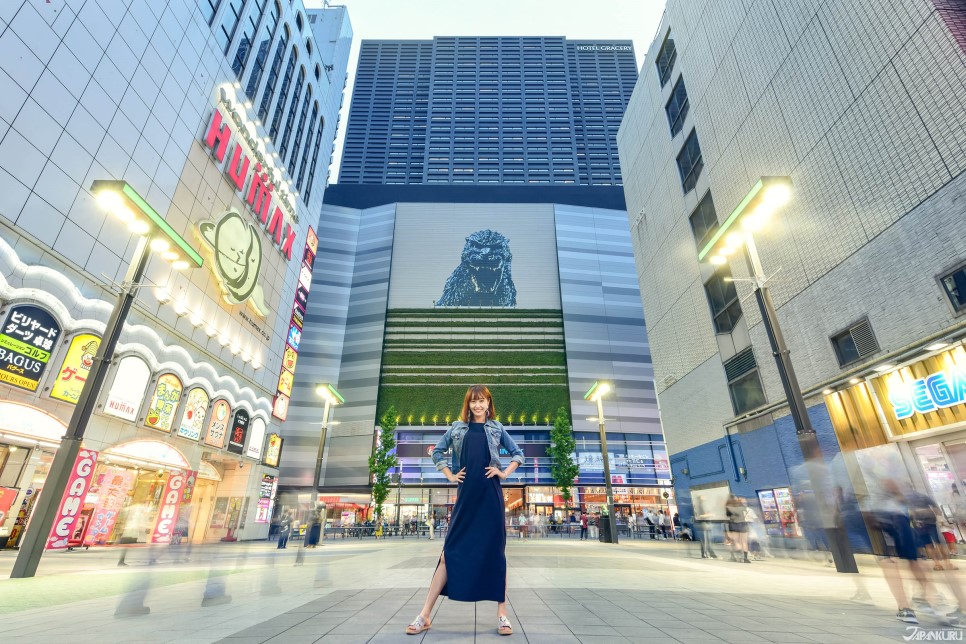
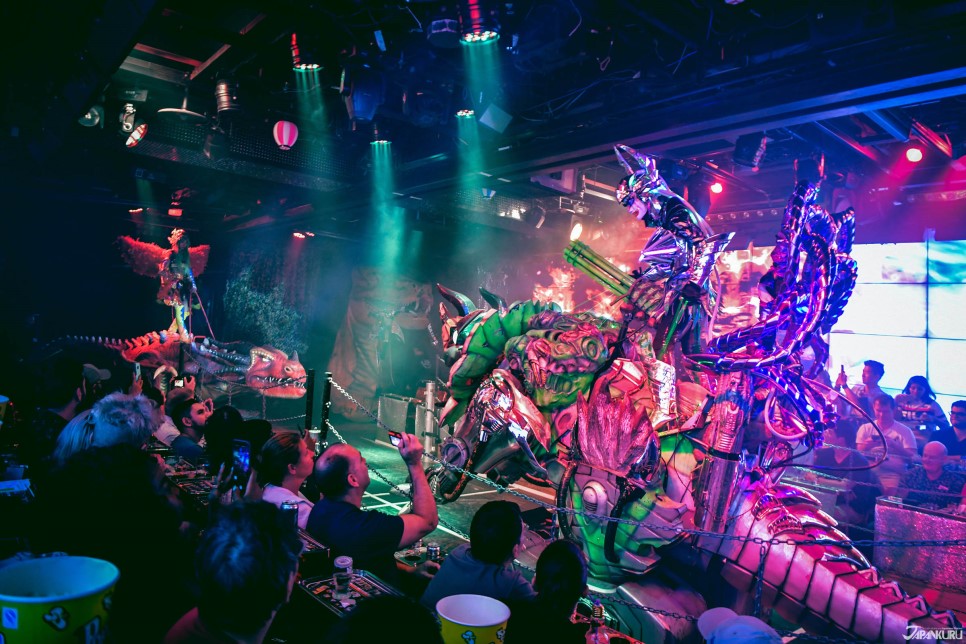
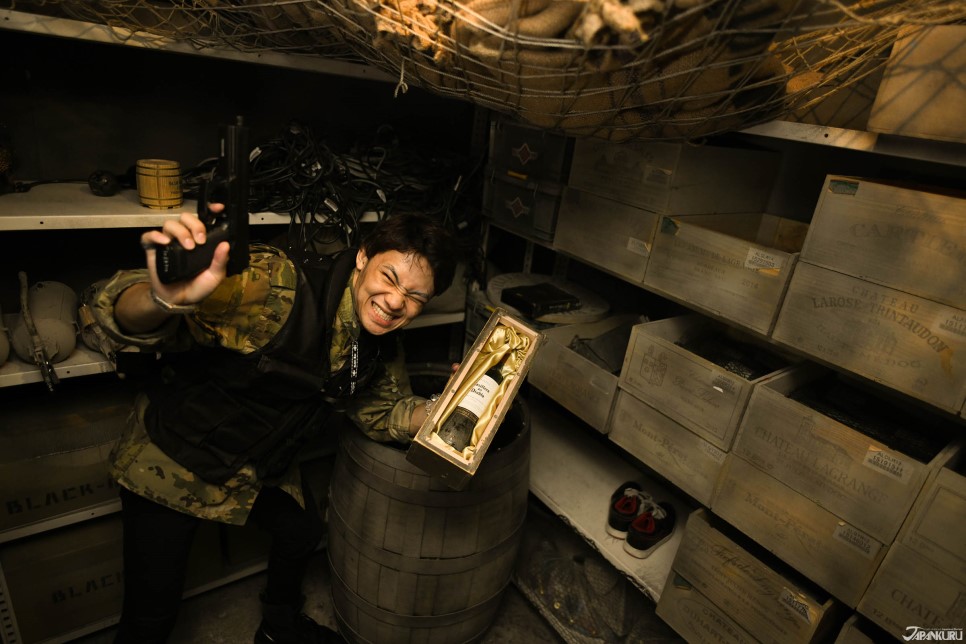
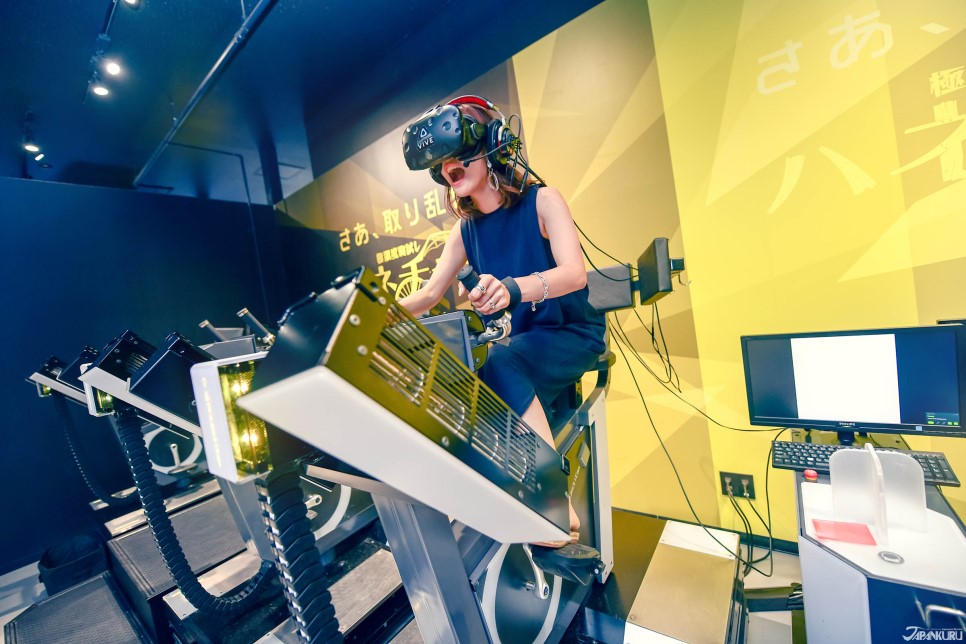






 >> Find out more at Japankuru.com! (link in bio)
#
>> Find out more at Japankuru.com! (link in bio)
#





 The Robot Restaurant is gone, but the Samurai Restaurant is here to take its place. Check it out, and don't forget your coupon!
The Robot Restaurant is gone, but the Samurai Restaurant is here to take its place. Check it out, and don't forget your coupon!
 신주쿠의 명소 로봇 레스토랑이 사무라이 레스토랑으로 부활! 절찬 쿠폰 발급중
신주쿠의 명소 로봇 레스토랑이 사무라이 레스토랑으로 부활! 절찬 쿠폰 발급중
 18歲以上才能入場的歌舞秀,和你想的不一樣!拿好優惠券去看看~
#tokyo #shinjuku #samurairestaurant #robotrestaurant #tokyotrip #도쿄여행 #신주쿠 #사무라이레스토랑 #이색체험 #할인이벤트 #歌舞伎町 #東京景點 #武士餐廳 #日本表演 #日本文化體驗 #japankuru #japantrip #japantravel #japanlovers #japan_of_insta
18歲以上才能入場的歌舞秀,和你想的不一樣!拿好優惠券去看看~
#tokyo #shinjuku #samurairestaurant #robotrestaurant #tokyotrip #도쿄여행 #신주쿠 #사무라이레스토랑 #이색체험 #할인이벤트 #歌舞伎町 #東京景點 #武士餐廳 #日本表演 #日本文化體驗 #japankuru #japantrip #japantravel #japanlovers #japan_of_insta
 코지마 x 빅 카메라 쿠폰으로 일본 가전 제품 쇼핑하기
#pr #japankuru #japanshopping #kojima #biccamera #japaneseskincare #yaman #dji #osmopocket3 #skincaredevice #日本購物 #美容儀 #相機 #雅萌 #日本家電 #일본여행 #면세 #여행꿀팁 #일본쇼핑리스트 #쿠폰 #일본쇼핑 #일본브랜드 #할인 #코지마 #빅카메라 #japankurucoupon
코지마 x 빅 카메라 쿠폰으로 일본 가전 제품 쇼핑하기
#pr #japankuru #japanshopping #kojima #biccamera #japaneseskincare #yaman #dji #osmopocket3 #skincaredevice #日本購物 #美容儀 #相機 #雅萌 #日本家電 #일본여행 #면세 #여행꿀팁 #일본쇼핑리스트 #쿠폰 #일본쇼핑 #일본브랜드 #할인 #코지마 #빅카메라 #japankurucoupon
































 Oita Hello Kitty Airport
Oita Hello Kitty Airport  Lands April 13th
Lands April 13th









